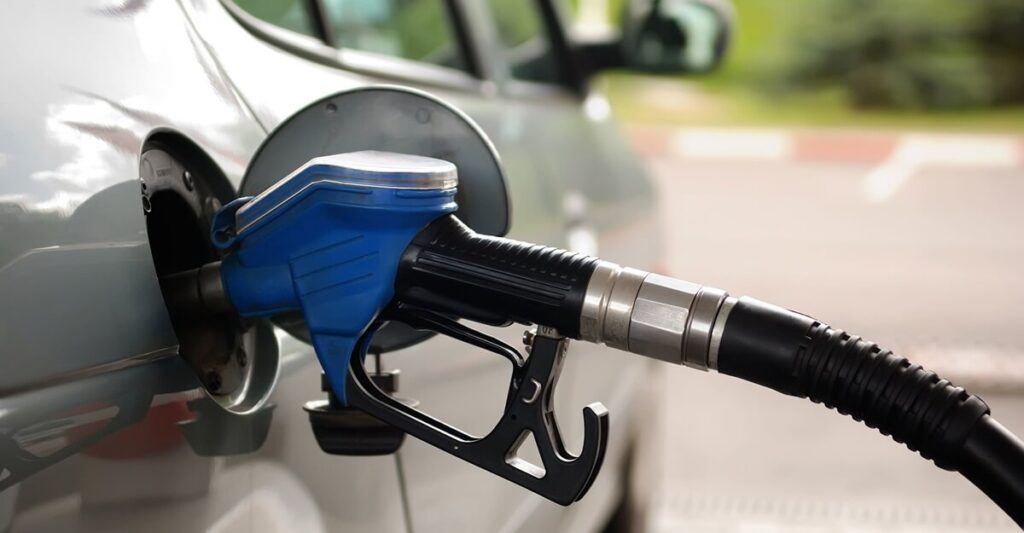The O2 sensor is an important device that monitors as well as regulates the air-fuel mix in a vehicle’s engine. This is a small but crucial part that has been located within the exhaust system, it measures the amount of oxygen in the exhaust fumes. An effective O2 sensor is necessary for proper engine operation and fuel economy. However, as soon as this sensor starts working incorrectly or completely fails, it causes a series of problems around the work of the vehicle as a whole. In this article, we will tell you the bad O2 sensor symptoms whether you have Nissan or BMW.

What Is An Oxygen Sensor?
A device known as an O2 sensor or oxygen sensor is an important constituent of a car’s exhaust system. Its main role is measuring how much oxygen is in the exhaust fumes that the engine produces. The sensor gives feedback to the engine control module (ECM) so that it can fine-tune the air-fuel mixture for combustion.
An oxygen sensor is usually found in the exhaust manifold or the exhaust pipe. There are two main types of oxygen sensors: upstream from and downstream of the catalytic converter. The upstream sensor measures the oxygen content in the exhaust gasses before they enter the catalytic converter, while the downstream sensor tests the oxygen content redressed after the gasses have gone through the converter.
Bad O2 Sensor Symptoms
Here are the symptoms:
1. Decreased Fuel Efficiency
A malfunctioning oxygen sensor can be identified by a significant drop in fuel economy. The oxygen sensor is very important in adjusting the air-fuel mixture for combustion. When the oxygen sensor malfunctions, the engine control module ECM might not receive accurate data. This results in an inefficient air-to-fuel ratio, which means the engine uses more fuel than required. This not only wastes fuel but also diminishes overall fuel efficiency.

2. Poor Engine Performance
An issue with the oxygen sensor may negatively affect the performance of the engine. It is important to mention that the sensor’s input is vital for the ECM to adjust the fuel injection and ignition timing. Without accurate data from the oxygen sensor, the engine may suffer hesitations, misfires, or a poor lack of responsiveness, which can end up affecting the vehicle’s overall performance.
3. Increased Emissions
Due to the faulty functioning of an oxygen sensor, the engine can emit higher levels of harmful emissions. It helps to keep the ideal air-fuel ratio for combustion, and sensor failure symptoms can lead to an imbalance of this mixture requiring a boost in emissions of pollutants such as nitrogen oxides and hydrocarbons.
4. Check Engine Light Blinking
Modern autos have onboard diagnostics that detect various components, including oxygen sensors. A malfunctioning sensor triggers the check engine light on the dashboard, indicating a potential problem for the driver.

Ignoring this warning can lead to more problems and higher emissions. If there is something wrong with the oxygen sensor, the engine’s performance can be affected, and its ability to correct the air-fuel ratio will be disrupted. This imbalance in the ratio can sometimes raise the question: can 02 sensors cause a misfire, which in turn reduces efficiency and increases fuel consumption.
5. Rough Idling and Stalling
Faulty oxygen sensor can lead to unstable idle and engine stalling too. A faulty sensor may give the ECM inaccurate readings and result in an improper air-fuel mix at idle, causing instability in engine operation. This symptom may be especially noticeable when the vehicle is stopped or moving at low speeds.
6. Poor Acceleration
Acceleration problems may occur when the oxygen sensor does not relay correct data to the ECM if the throttle changes quickly. The engine might struggle to manage the air-fuel mixture properly, resulting in slow acceleration, hesitation, or weak acceleration.
7. Unusual Exhaust Odors
A faulty oxygen sensor can lead to the emission of unusual exhaust smells. This can cause the formation of unpleasant smells, including that of a strong smell of bad air fuel. This can be noticed both on the interior as well as on the exterior of the car.
8. Difficulty Passing Emissions Tests
Since the oxygen sensor plays the role of emission control, the presence of a defective one can make the vehicle fail emissions tests. In turn, higher emissions and incorrect air-fuel ratios can increase the amount of pollutants in the exhaust gasses, making it difficult for the vehicle to comply with environmental standards during mandatory inspections of the vehicle’s environmental safety.
It’s crucial to pay attention to the signs of a malfunctioning oxygen sensor in the catalytic converter because a faulty oxygen sensor can contribute to compliance with emission regulations and environmental responsibility.
Similar Posts:
- Symptoms of a Bad Purge Valve
- Low Brake Fluid Symptoms
- Starter Ignition Fault BMW
- Can a Bad CV Joint Affect the Transmission?
Can You Drive With A Bad 02 Sensor?
It is not recommended to be driven with a bad O2 sensor coupled with a potential loss of power. The O2 sensor is a very crucial component in the monitoring of the air-fuel mixture in the exhaust gases and serves to give feedback to the engine control module (ECM) for optimal combustion.
A faulty O2 sensor may result in the ECM providing an incorrect mixture, causing reduced combustion efficiency and decreased power output. This lack of power may be noticeable when trying to accelerate, or when climbing hills. Moreover, a bad O2 sensor can also cause other concerns like poor fuel economy, increased emissions, and uneven engine performance.
Final Thoughts
Timely maintenance and replacing defective sensors promptly resolve issues, ensuring optimal fuel efficiency and emission levels. This, in turn, prevents damage to other engine components.


![8 Bad O2 Sensor Symptoms – Is It Safe To Drive With? [ANSWERED] Bad O2 Sensor Symptoms](https://carstale.com/wp-content/uploads/bad-o2-sensor-symptoms-1024x457.jpg)